As hubris pushes architects and developers to new, literal heights in an effort to maximize price per square inch, pedestrian scale projects and the public realm continue to suffer. But Brooklyn-based Format Architecture Office bucks this standard practice with the unveiling of their remarkable design for the Leica Store & Gallery in Manhattan’s Meatpacking District, which transforms the formerly dilapidated building into a contemporized historical neighborhood fixture.

Photo: Nick Glimenakis
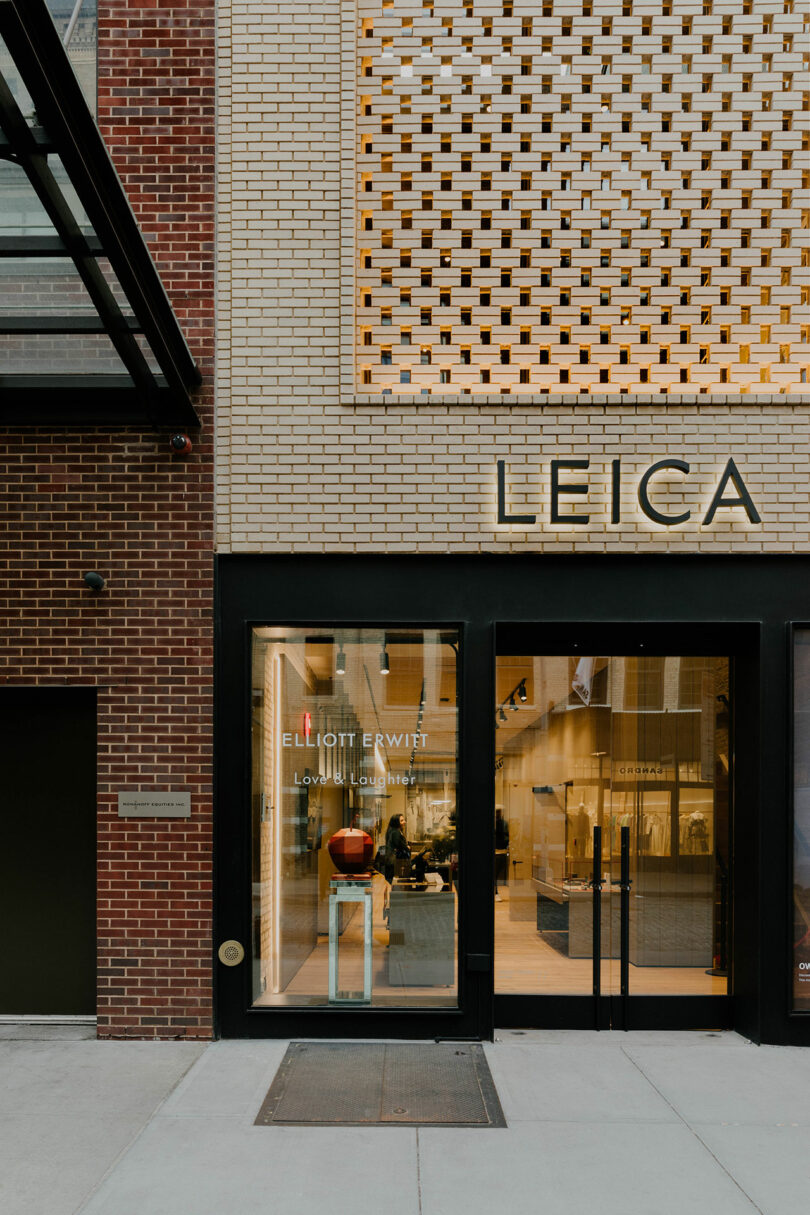
Photo: Nick Glimenakis
Prior to its overhaul, the former 1950’s meat market was no place to see or be seen. And at just two stories of meager square footage with modest street frontage under 20 feet, it had fallen into disrepair. Yet those same elements, which at one point made the building fall prey to neglect, are now redeeming qualities as the structure remains one of the smallest resisting the upscaling trend. The gut-renovated space now boasts an expanded 4,000 square feet while retaining the original timber-framed ceiling in a nod to its storied past. Under new skylights, the second floor plate is cut to create a mezzanine within the generous double-height entryway, which provides greater access to natural light and sightlines between the two floors. Additional fenestration includes a steel bifold glass door that opens onto a 1,000-square-foot outdoor terrace. The edited floor plans allow for a variety of interchangeable spatial programs including gallery or exhibition, retail with corresponding points of sale, and events or entertainment.
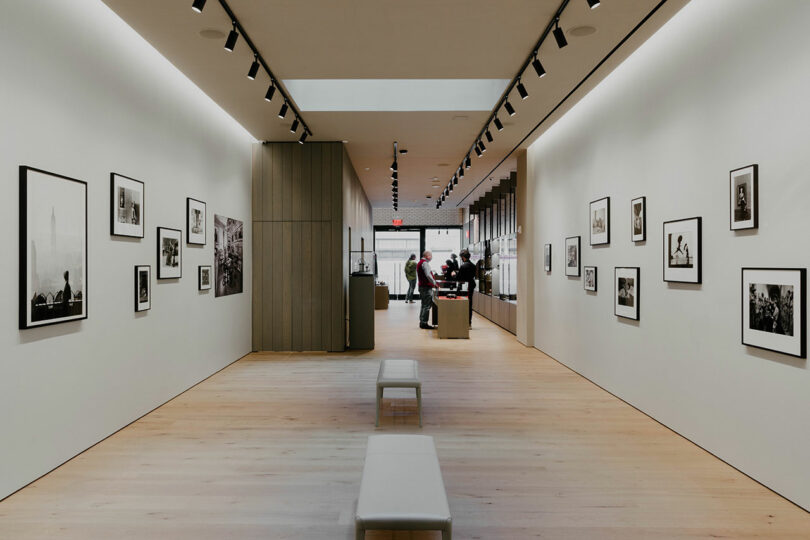
Photo: Nick Glimenakis
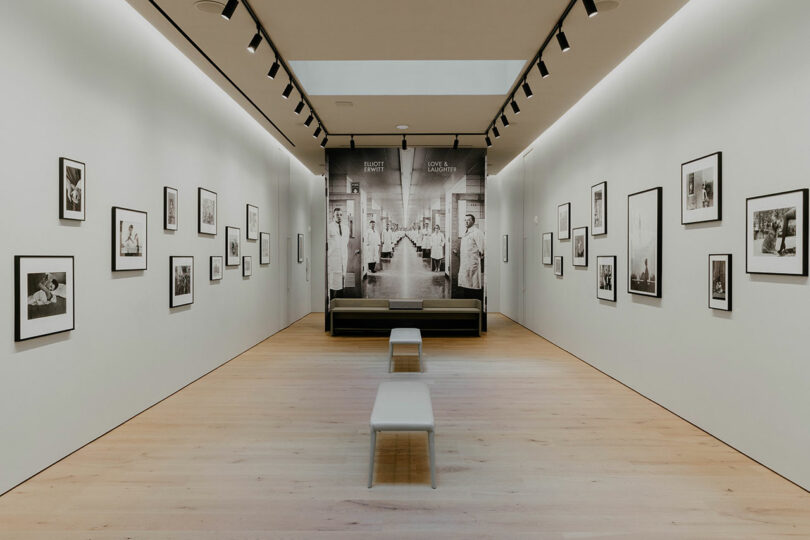
Photo: Nick Glimenakis
The updated storefront comprises a two-part assemblage of brick atop steel and glass. The visually permeable ground level entrance references an industrious past while a monumental, semi-porous surface captivates with its recessed brick patterning delineated by a generous frame for an effect that fully floods the front aperture with light. “The screen is a marker of this effort [for a dramatic double-height space at the front of the interior], while also acting like a rose window for the project, asserting the building’s presence on the street while simultaneously creating interesting texture and dynamic light play inside the space that is visible from both floors,” say Matthew Hettler and Andrew McGee, the duo who helm Format. The final composition is the result of meticulous planning, collaboration, and coordination with engineering and construction teams to properly execute a highly complex design that is effortlessly chic.

Photo: Courtesy of Leica
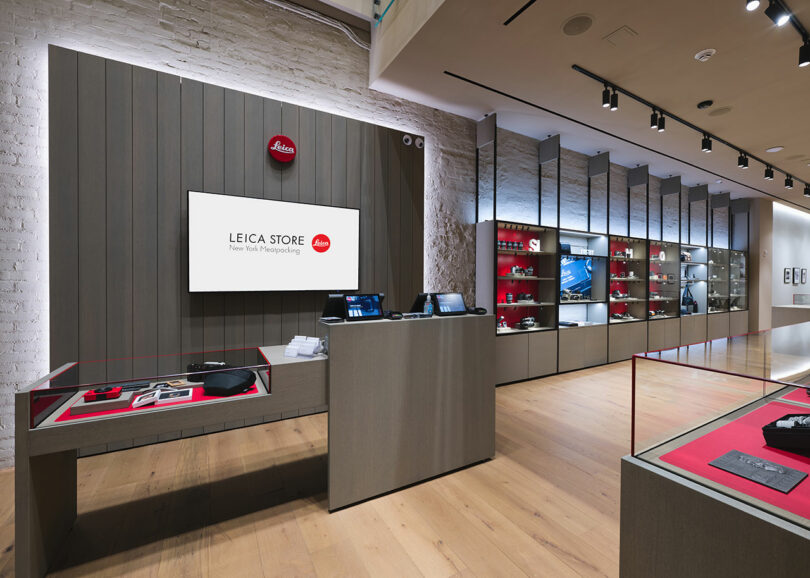
Photo: Courtesy of Leica
Format offers a masterclass in navigating the delicate balance between honoring history while introducing innovation into a landmarked site – especially one with a surprising amount of decorative and traditional brickwork left unadulterated in spite of sprawling development. “We wanted to reference this while also creating something new,” they add. “The buff tone of the brick is a common color of masonry found throughout the neighborhood and another way to reconnect the project to the history of the area.”
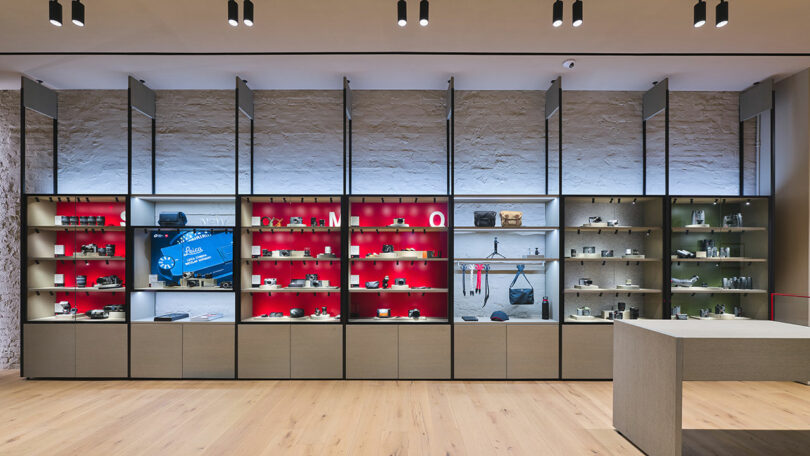
Photo: Courtesy of Leica

Photo: Courtesy of Leica
But it’s their innovative use of traditional techniques that proves to be ingenious. “We were driven by an interest in keeping the logic of the screen grounded in traditional patterns of bricklaying,” they explain. “Flemish Bond, a decorative pattern that alternates between stretchers (the long side of the brick) and headers (the short side of the brick), was a productive space to explore different scales of solid and void while also maintaining a natural load path for the bricks to stack on one another.”
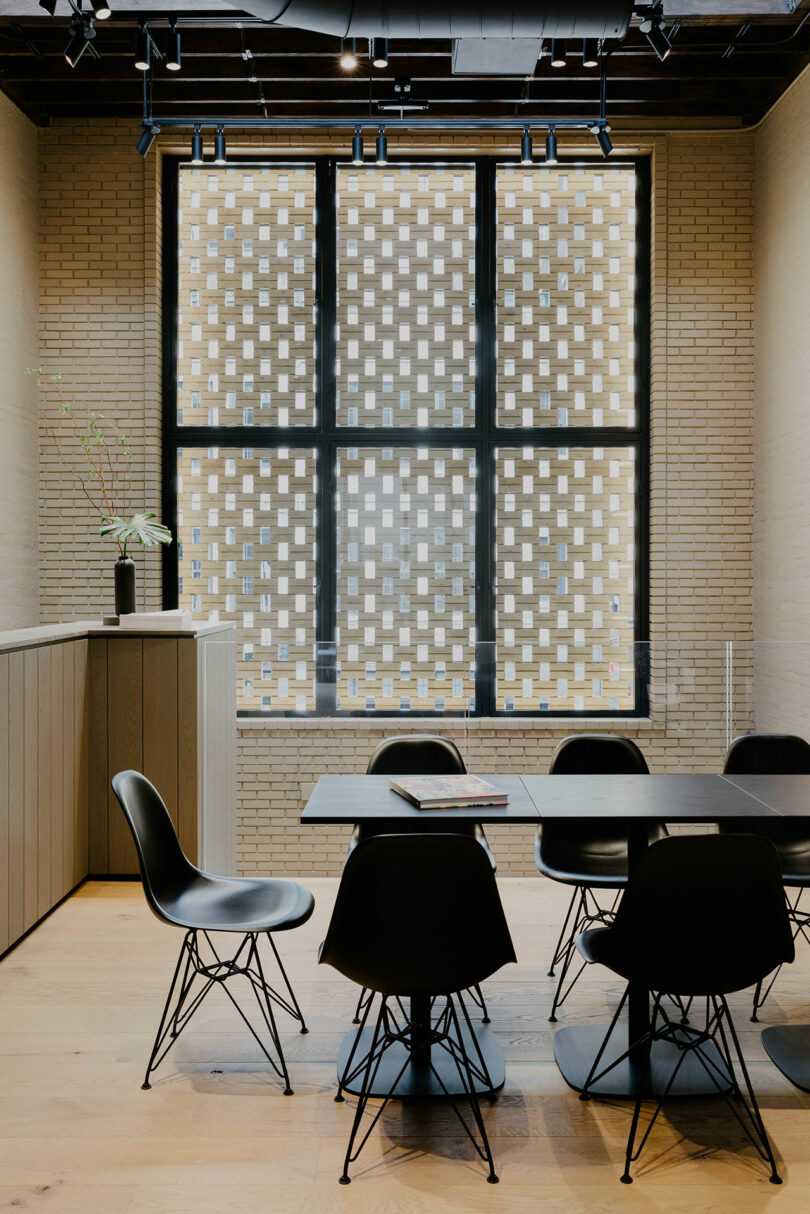
Photo: Nick Glimenakis
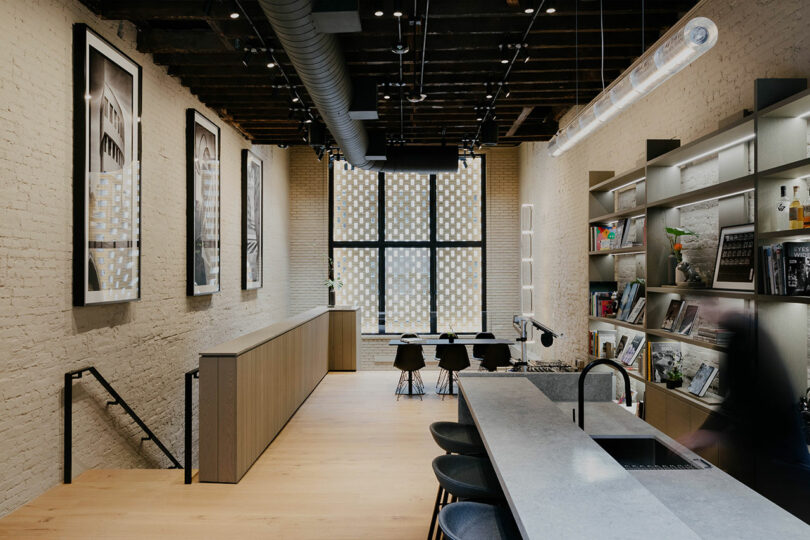
Photo: Nick Glimenakis
Provocative, beguiling, and undeniably forward thinking, this architecture presents itself as a potential solution to quell the aggressive nature of building and the industry’s tendency to treat the dated as disposable. “It is a reminder that the built environment is enriched by a variety of scales, large and small, and that overlooked or forgotten spaces can also tell a powerful story.”

Photo: Courtesy of Leica
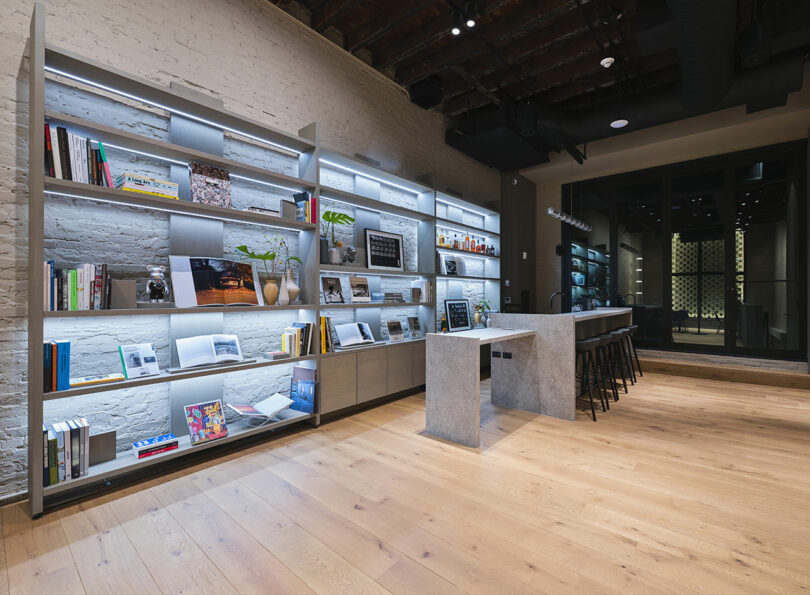
Photo: Courtesy of Leica
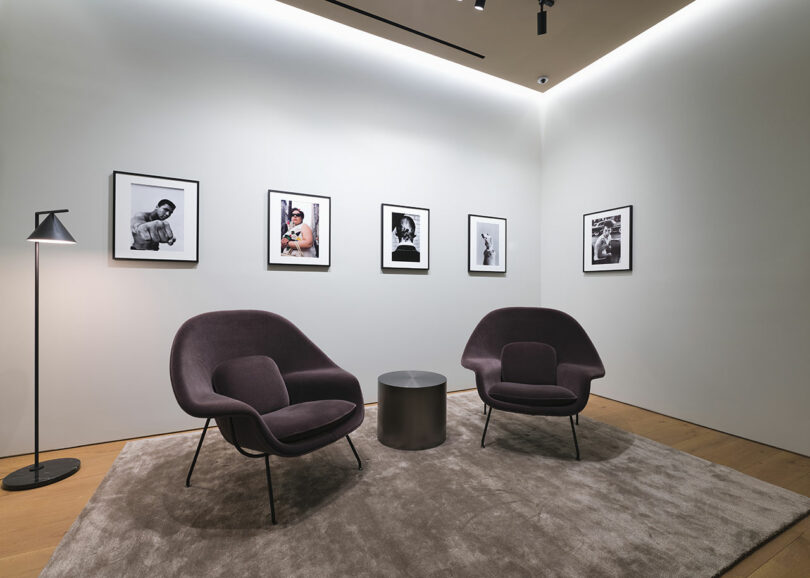
Photo: Courtesy of Leica
To view more of Format Architecture Office’s portfolio visit format.nyc or to shop Leica visit leica-camera.com.
Photography by Nick Glimenakis as noted with additional images courtesy of Leica.

